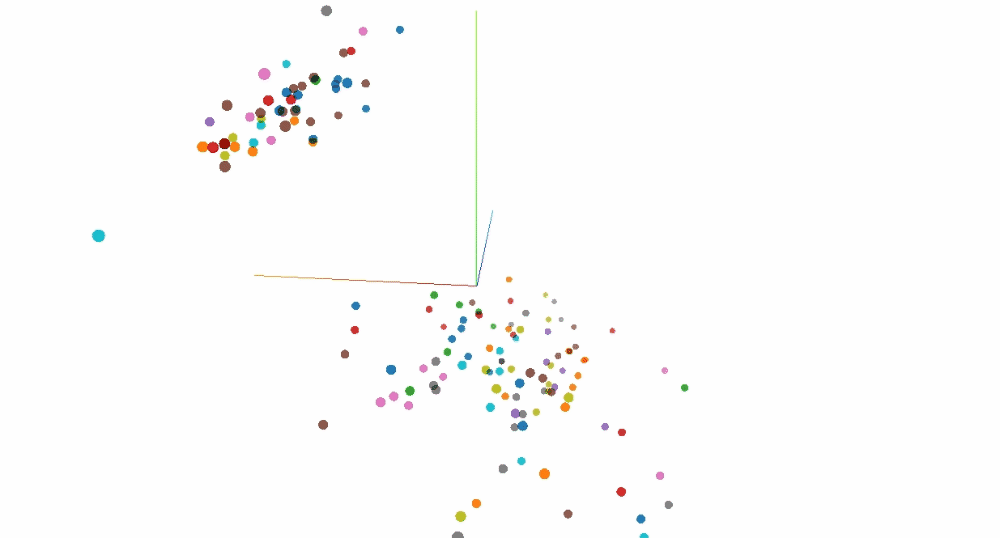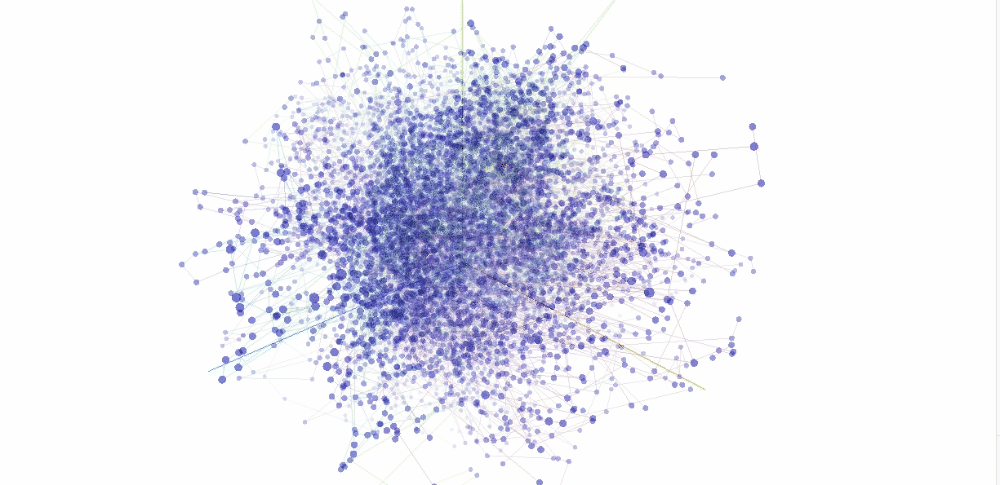INGLE CAPTIVE
Benefits of a captive include:
> More efficient funding for large-deductible commercial policies
> Improved risk management
> Reduced dependence on commercial insurance
> Fund for risks that are uninsurable or uneconomical to insure
> Creation of new profitable business (i.e., the captive)
> Customized insurance coverage
Good candidate criteria
(at least one of the following):
> Spend $1 million or more annually on property and casualty insurance premiums, and $500,000 if considering a cell-type structure
> $100 million or more in annual revenue
> Have significant uninsured risk
> Have 500 or more employees
> Experience uninsured losses of $500,000 or more annually
> Sell warranties or service contracts to customers
> Sponsoring organization controls $5 million of premium
CAPTIVE EXAMPLES
> A large business forms a captive to cover the deductible layer of numerous lines of coverage, thereby reducing insurance costs and improving cash flow.
> Nonprofit hospital uses a captive to insure its professional liability.
> Insurance agency controls a large book of profitable business and forms a captive to reinsure a layer of this risk from the commercial carrier.
> Large-property owner forms a captive to increase and insure the deductible layer of its property insurance coverage.
> Manufacturer forms a captive to transfer risks not covered by a standard General Liability policy.
> Manufacturer, service provider or retailer forms a captive to issue extended warranty contracts to customers.
> Medical malpractice program reinsures a layer of risk and premium to a reinsurance captive, owned by a select group of doctors.
> Large business with high-deductible workers’ compensation program
> Employer with 500+ employees forms a captive to insure medical stop-loss risk as part of its self-insured health program.
> A large employer uses a captive to cover not only health insurance but also executive retirement programs, group term life, long-term disability and voluntary benefits.
> A contractor forms a captive to cover performance risks, construction defects and warranty risks.
> An association forms a captive to cover the general liability, workers’ compensation and E&O liability of its members.
> A business with specific exposures not available at a reasonable price in the market forms a captive to cover the first layer of those risks, then obtains reinsurance for the excess.
 14 Feb 2020
14 Feb 2020Perfect Gift for Valentine’s Day
 01 Feb 2020
01 Feb 2020PREM FIN CASE: FOREIGN NATIONAL AGE 53
 05 Jan 2019
05 Jan 2019EVALUATING RISKS | ASSET & COST OF BORROWING
 04 Jan 2019
04 Jan 2019AMERICANS’ GREATEST FINANCIAL FEARS
 02 Jan 2019
02 Jan 2019RETAIN, PROTECT & SAVE
 01 Feb 2017
01 Feb 2017what if you outlive your retirement income?











